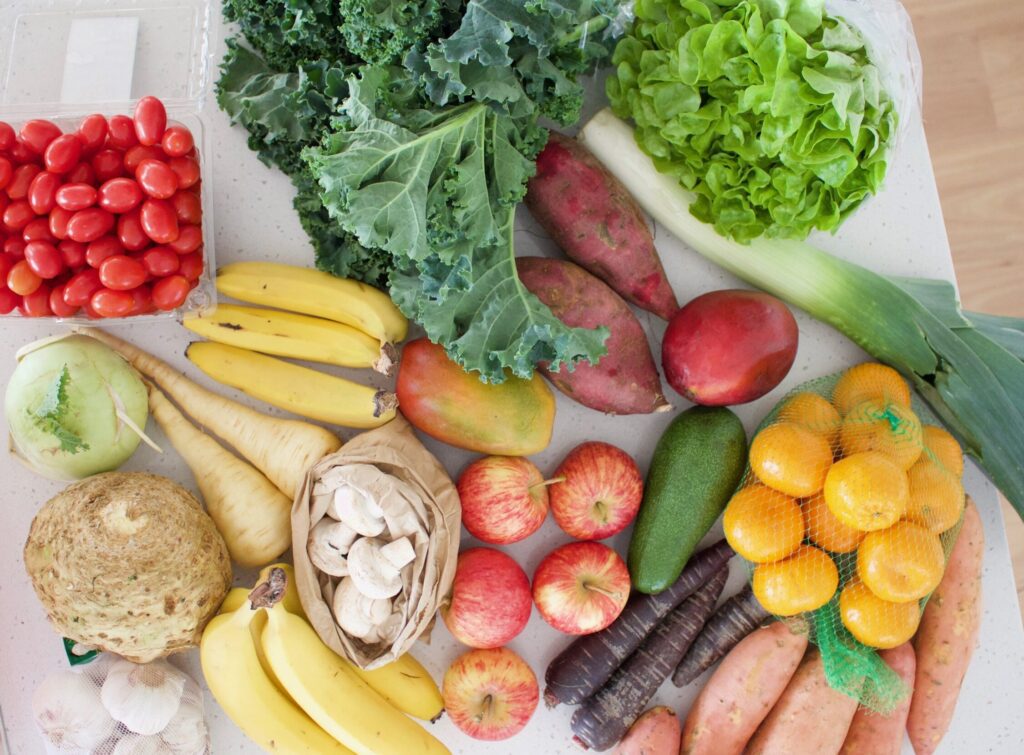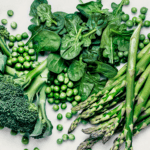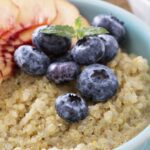Plant-based eating: How to incorporate more fruits and vegetables

Plant-based eating: How to incorporate more fruits and vegetables
In today's world, more and more people are adopting plant-based diets, either for health, ethical, or environmental reasons. Eating more fruits and vegetables is a key component of a plant-based diet and can provide numerous health benefits, including reducing the risk of chronic diseases, improving digestion, and boosting energy levels. In this article, we'll explore why plant-based eating is beneficial, how to incorporate more fruits and vegetables into your diet, and some delicious recipes to try out.
Benefits of plant-based eating
Moving towards a plant-based diet can provide a range of benefits, including:
Reducing the risk of chronic diseases:
Plant-based diets have been shown to reduce the risk of heart disease, diabetes, obesity, and certain types of cancer. This is because fruits and vegetables are rich in vitamins, minerals, and antioxidants that help to protect against these health conditions.
Improving digestion:
Fruits and vegetables are high in dietary fiber, which helps to keep your digestive system working properly. This can prevent constipation, bloating, and other digestive issues.
Boosting energy levels:
Eating more fruits and vegetables can help to boost your energy levels, as they are rich in complex carbohydrates that provide sustained energy throughout the day.
Incorporating more fruits and vegetables into your diet
If you're not used to eating a lot of fruits and vegetables, it can be challenging to know where to start. Here are some tips to help you incorporate more plant-based foods into your diet:
Start small:
Rather than trying to completely overhaul your diet overnight, start by incorporating one or two servings of fruits and vegetables into your meals each day. This could be as simple as adding a side salad to your dinner or snacking on baby carrots and hummus.
Try new recipes:
Experiment with new plant-based recipes to add variety to your meals. Look for recipes that feature vegetables in creative ways, such as zucchini noodles or cauliflower rice.
Make smoothies:
Smoothies are a great way to pack in a lot of fruits and vegetables in one go. Try blending spinach, banana, and almond milk for a quick and healthy breakfast.
Replace meat with plant-based proteins:
Instead of relying on meat as your main source of protein, try incorporating plant-based protein sources like tofu, lentils, and chickpeas into your meals.
Delicious plant-based recipes
If you're looking for some tasty plant-based recipes to try, check out these delicious options:
Roasted vegetable quinoa bowl:
Roast a variety of vegetables, such as sweet potato, bell peppers, and zucchini, and serve them over quinoa with a drizzle of tahini dressing.
Vegan chili:
Replace the meat in traditional chili with a variety of beans, such as kidney beans and black beans, and add in plenty of vegetables like peppers and onions. Serve with a dollop of vegan sour cream.
Grilled vegetable skewers:
Thread a variety of vegetables, such as zucchini, bell peppers, and mushrooms, onto skewers and grill until tender. Serve with a side of hummus or vegan tzatziki.
Conclusion
Incorporating more fruits and vegetables into your diet is an important aspect of plant-based eating. By slowly adding more plant-based foods to your diet, experimenting with new recipes, and replacing meat with plant-based protein sources, you can enjoy all the health benefits of plant-based eating while still enjoying delicious and satisfying meals.
 Exploring the Mediterranean diet for heart health
Exploring the Mediterranean diet for heart health Superfoods for boosting energy and vitality
Superfoods for boosting energy and vitality Healthy meal ideas for weight loss
Healthy meal ideas for weight lossIf you liked: "Plant-based eating: How to incorporate more fruits and vegetables" you must visit this category Nutrition.
